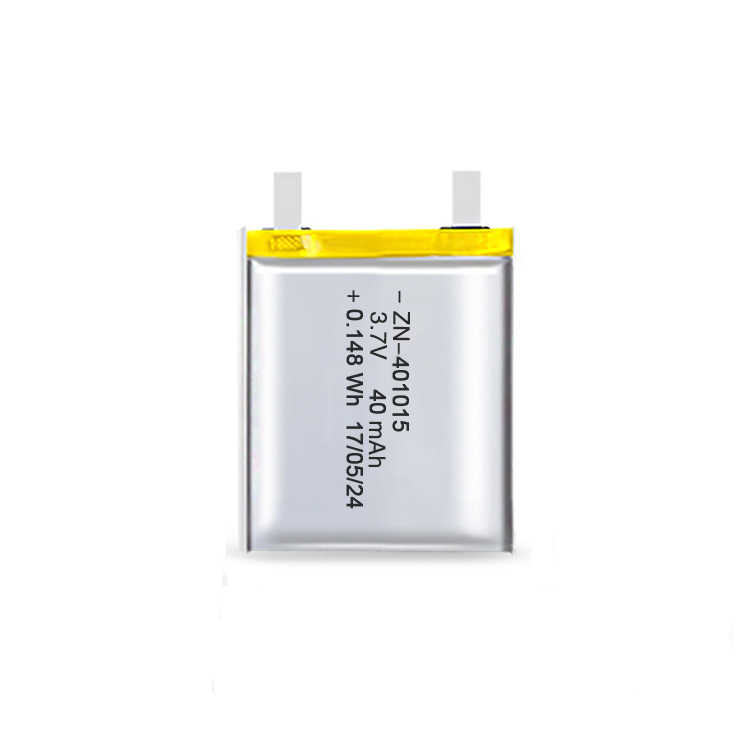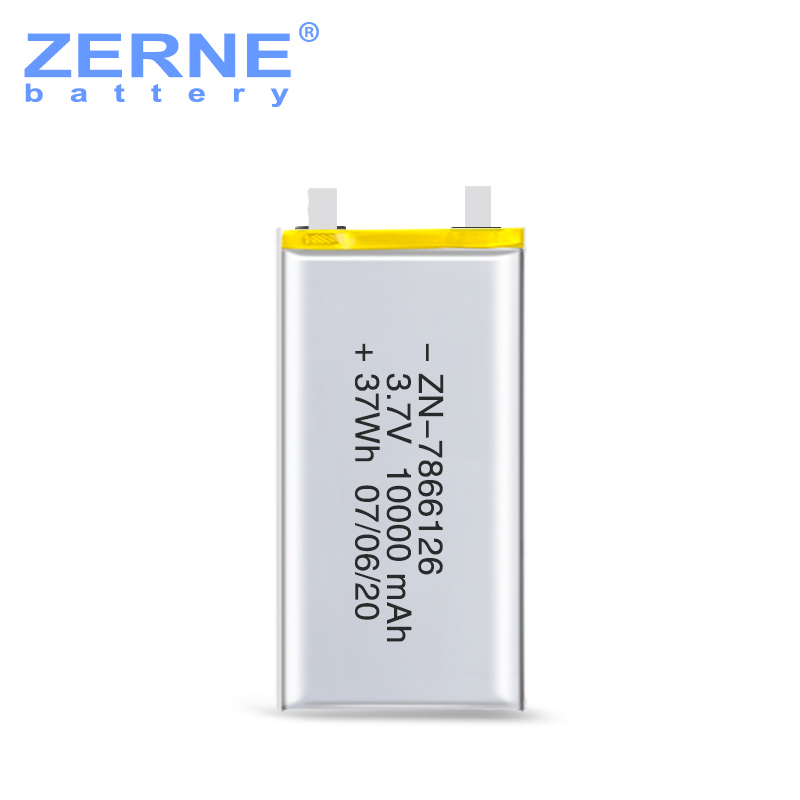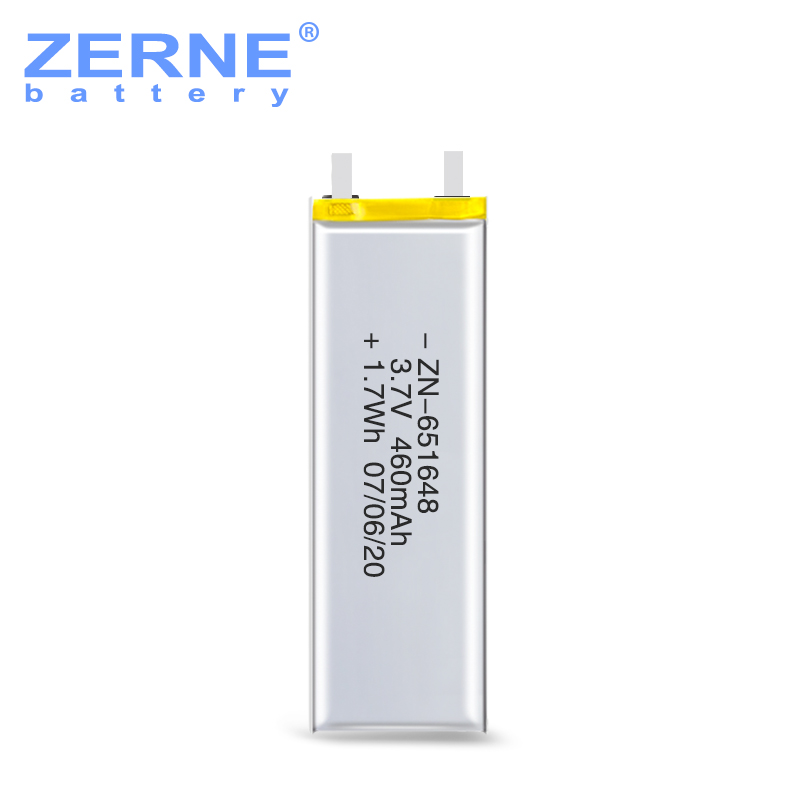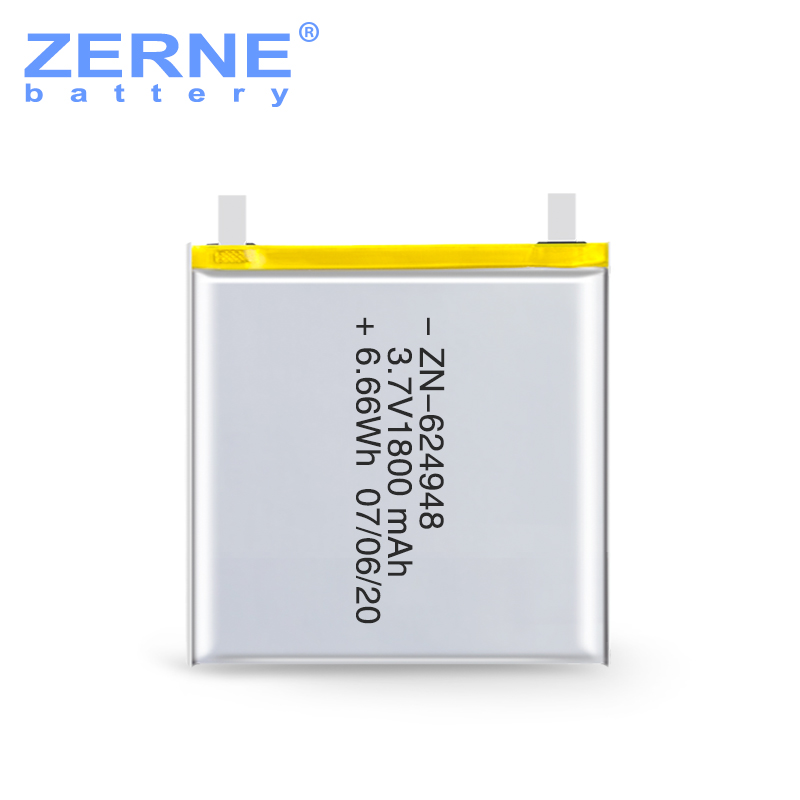What is the side voltage of a lithium battery? How to control the side voltage!
The side voltage of lithium battery refers to the voltage of the aluminum layer between the positive tab of the pouch battery and the aluminum-plastic film.
Theoretically, the aluminum layer between the positive electrode and the aluminum-plastic film is insulated, that is: their voltage should be 0 In fact, during the processing of the aluminum-plastic film, the PP layer of the inner layer will be locally damaged, resulting in local conduction (including electron channels and ion channels) between them, forming a microbattery, so that there is a potential difference (voltage). The side voltage standard varies from manufacturer to manufacturer, but most of the industry is set below 1.0V, and the standard basis for voltage comes from the dissolution potential of aluminum-lithium alloy!
Why control the side voltage?
Because if the inner layer of the aluminum-plastic film is damaged, the capacity will be corroded and damaged. There must be two conditions for corrosion: 1. Electronic pathway, the negative electrode and the aluminum layer of the aluminum-plastic film form an electronic pathway; 2. Ion pathway, the aluminum layer and electrolyte of the aluminum-plastic film form an ion pathway; Without either, corrosion is not true. After both conditions are true, lithium ions will react with the aluminum layer of the aluminum-plastic film to form a lithium-aluminum alloy; Lithium-aluminum alloy is a powdery substance, which causes the aluminum-plastic film to penetrate; That is, there are some black spots inside the aluminum-plastic film that we often see; These black spots become more and more noticeable over time and with increasing the number of charges and discharges.
How to choose?
At present, the detection methods are as follows: 1. Test the resistance between the aluminum plastic film and the negative tab, greater than 5M ohms is relatively safe, and some companies define it relatively low, depending on the final PPm of the defective products that everyone endures, you can measure some data and then define your own standards; This resistance test is mainly to pick out the electronic pathway; 2. Test the current between the positive electrode and the aluminum film, which can be tested with a DC source, and it is generally believed that the current is greater than 0.001mA, which is a defective product and needs to be picked out; 3. Test the voltage between the positive electrode and the aluminum film, and it is generally considered to be a defective product if it is greater than 1V. It can be tested with 1 and 2, or 1 and 3




